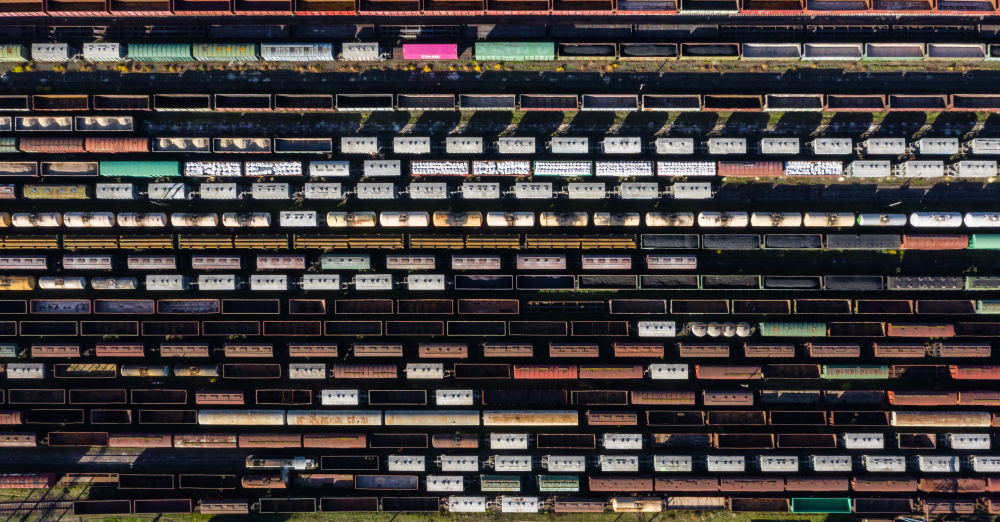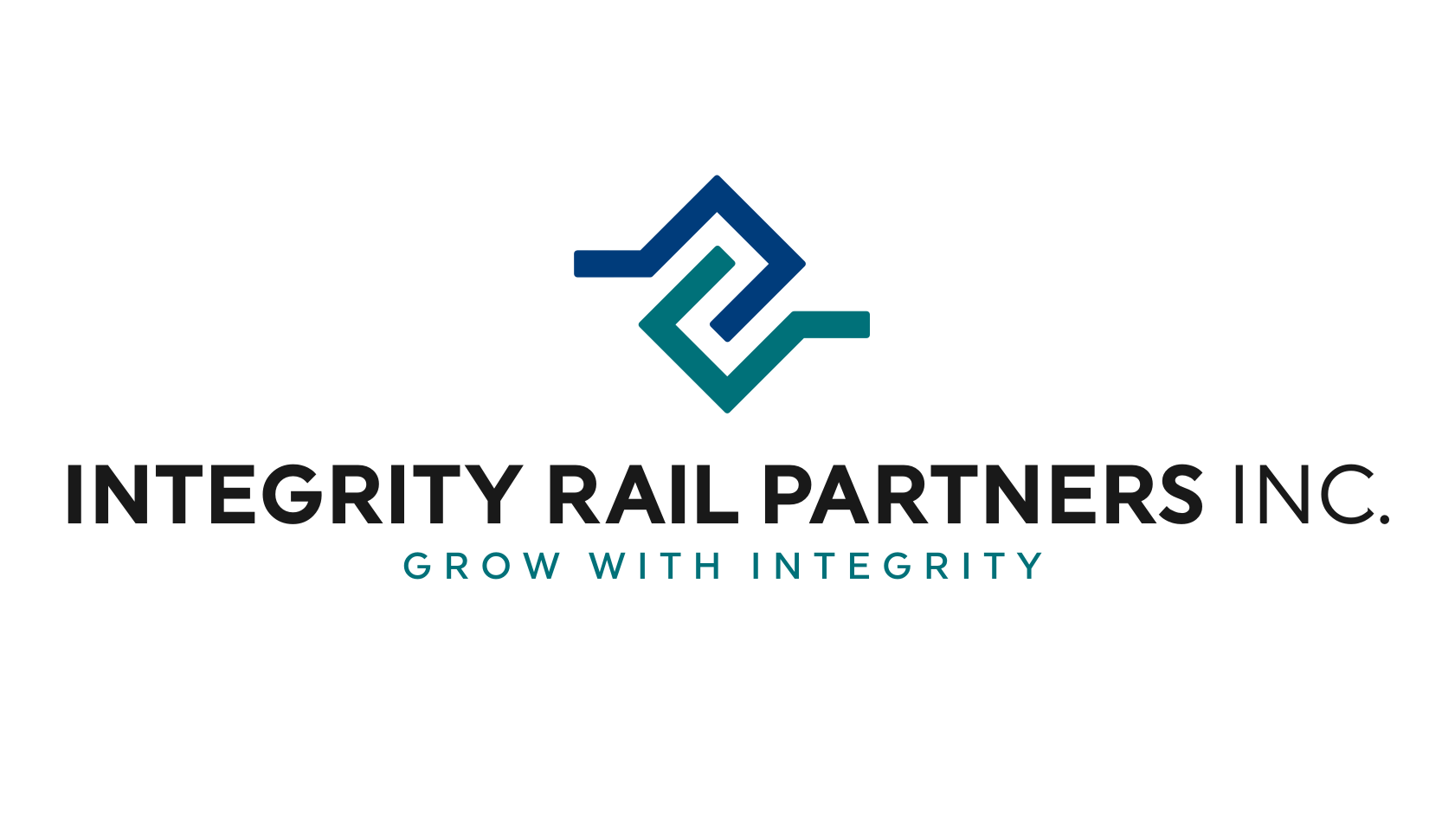The rest of the covered hopper fleet falls into two categories, the small cube gravity CH and the specialty CH. These two fleets couldn’t be more different if they tried.
The Small Gravity CH fleet
Back in the 2000’s, we called these cars “cement” cars, since over 50% of this fleet was used to move cement. This was back when this fleet totaled about 47,000 cars. Now we call this fleet the sand fleet because of the dominance that sand now has on the supply/demand balance of this segment. This fleet peaked in size at 120,000 cars in 2019 but is now declining some due to the oversupply of cars that resulted from the excessive build rates in the 2010’s.
This market, however, is slowly improving. Oil prices have been rising since January 2020 (something happened that month, but I forget), and are now above $100 a barrel. Drilling activity, particularly hydraulic fracking wells, has been increasing and small cube gravity cars are being steadily pulled out of storage to support this activity.
That’s the good news. The bad news is that the industry dug itself a big hole and has a long way to go before we get anywhere close to equilibrium. Some side comments regarding this fleet – these cars are being used as candidates for conversion programs, the cement market was absorbing some of these cars, and lessees that used older cars have been trading up to newer and larger capacity cars (in better condition, too), at very attractive lease rates.
The Specialty CH fleet
The last segment is the specialty fleet which includes the pressure differential cars and some other configurations of covered hoppers.
The main portion of this fleet is made up of the PD cars, or pressure differential covered hoppers. PD’s come in two sizes, the PD3’s and PD5’s. The PD3 cars have cubic capacities that range from 2700 to 3300 cuf, although the are some outliers and are used to haul dry bulk minerals.
This fleet has been slowly and steadily increasing in size over the last twenty years and 2022 will be no exception. Car demand is strong and availability will be tight. Retirements are rising and new car builds will barely offset the scrap rate. Needless to say, the lease rate environment will be strong.
The other important car type is the PD5, like the PD3 only larger – 5000-5165 and 5650-5750 cuf, representing the 263k and 286k versions, respectively. These cars mainly move lighter weight agricultural products and the PD5 fleet is about 2.5 times larger than the PD3 fleet. However, the outlook is much like the PD3 cars – a fleet that has been growing over the last twenty years with a regular build rate that also keeps the fleet age down, and tight availability for 2022.
Next week, the rest of the fleets.

